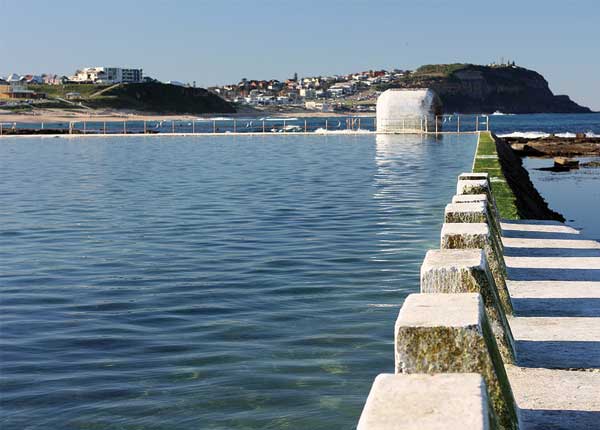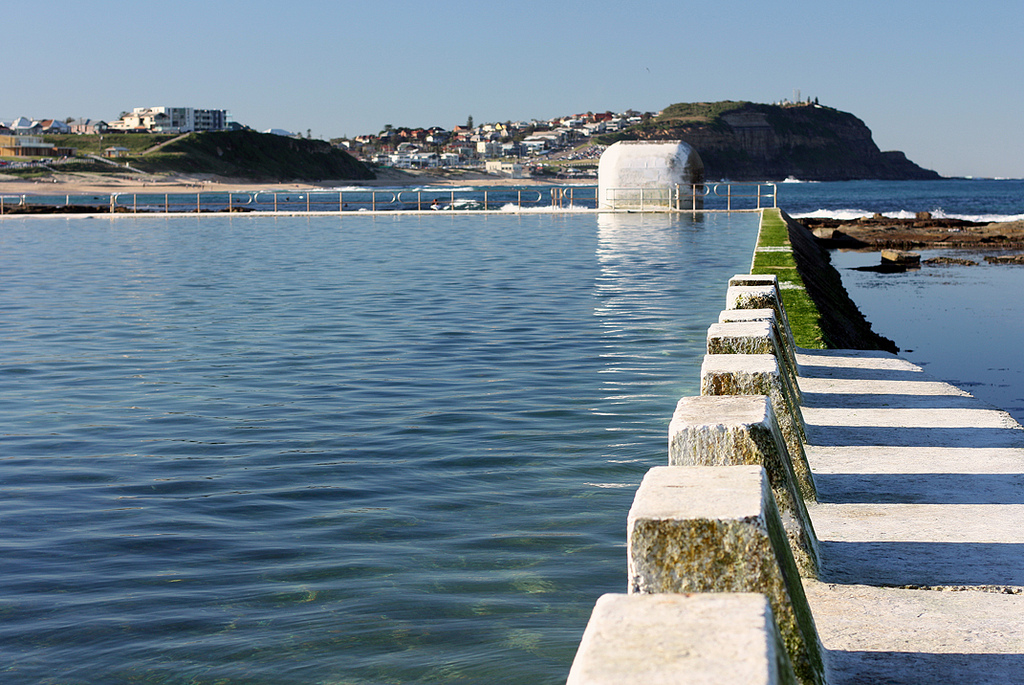
After years of planning for Newcastle’s highly anticipated renewal of urban transport services, the New South Wales government has identified and agreed on the final route where the city’s light rail line will be constructed.
The selection of the light rail run is a major development in the project because will allow the next phase of the project to proceed and become a reality rather than just another aspirational project.
The selection of the run follows extensive consultation with the community conducted by UrbanGrowth NSW, which revealed that residents and businesses want access to the waterfront, “more public domain” and the option of extending the light rail in the future.
The government now says it will create a route that utilises the new Wickham transport interchange along the existing rail corridor, before moving south to connect with Hunter Street and Scott Street and terminating at Pacific Park.
The core idea is to truncate the existing heavy rail line and introduce light rail to the city centre between Wickham and Newcastle Beach in order to improve connections to the waterfront.
The replacement of part of the existing passenger heavy rail line with light rail aims to remedy the longstanding problem of downtown Newcastle being divided by the tracks, an issue that has hit pedestrians, drivers and retailers alike.
Once completed, Newcastle will join other cities across Australia including Sydney and Melbourne that now operate thriving light rail and tram services. Perth, Canberra and Adelaide have also in various statges of development for similar projects.
The plan to build light rail in Newcastle is a core element of the government’s Newcastle Urban Renewal Strategy that was unveiled in 2012, which spans over 25 year to revitalise the city and provide a framework to create jobs and homes by 2036.
Minister for Planning Pru Goward said by removing the barrier of the heavy rail line, and opening up significant areas of the rail corridor for public use, the “city centre can be re-united”.
Minister for Transport Gladys Berejikilian said the route strikes the best balance in providing a quality transport outcome for Newcastle and also allowing the city and its waterfront to be reconnected and revitalised.
“Now that this decision has been made, the government looks forward to providing further details on the timeline in the near future,” Ms Berejiklian said.
The financing of the project is a case in point of how the government creatively sourced a funding stream, tapping into a $340 million contribution from the proceeds of a long-term lease of the Port of Newcastle.
However, state governments will need to be even more resourceful in their pursuits of money fund rail-based public transport projects after the federal government’s shifted funding focus towards road infrastructure.
The reweighting became apparent in the 2014-15 Budget, with a clear preference for programs aiming to build or revitalise Australia’s roads over railway public transport.
These programs include the Infrastructure Growth Package valued at $3.7 billion over five years; a concessional loan of $2 billion for Stage 2 of Sydney’s WestConnex project; and road funding of $2.9 billion over 10 years for the Western Sydney Infrastructure Plan.
However conspicuously absent in from these Budget papers is federal funding for projects including the Melbourne Metro, the Brisbane Cross River Rail and light and heavy rail in Perth.
These projects received substantial funding from the previous Labor government in the 2013-14 Budget, which were a significant part of its Nation Building Program.
Comment below to have your say on this story.
If you have a news story or tip-off, get in touch at editorial@governmentnews.com.au.
Sign up to the Government News newsletter

